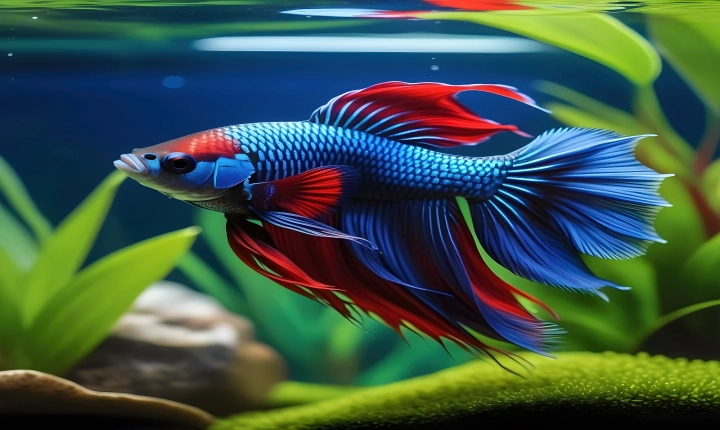Title: 5 Tips for Creating Great AI Book Covers
In the increasingly digital world of today, creating eye-catching and compelling book covers is more important than ever. With the rise of self-publishing and the proliferation of online bookshops, a book’s cover has to stand out amidst a sea of digital titles. For writers and publishers, leveraging artificial intelligence (AI) to create striking book covers has become an essential tool in their arsenal. Here are 5 tips for creating great AI book covers.
1. Understand the Genre: Before designing a book cover, it’s important to understand the genre and target audience of the book. AI can analyze the characteristics of successful book covers in a specific genre and help creators understand what works. By using AI to research successful book covers in similar genres, creators can gain valuable insights into color schemes, font styles, and imagery that resonate with readers in that genre.
2. Visual Elements: Incorporating visually appealing elements is crucial for a book cover to stand out. AI can assist in creating or suggesting suitable images, illustrations, and designs based on the book’s content and genre. By using AI algorithms, creators can ensure that the visual elements align with the tone and theme of the book, increasing the potential for the cover to attract readers.
3. Typography: The font and typography on a book cover play a significant role in conveying the book’s mood and genre. AI tools can analyze the text and offer recommendations for font styles that are popular in the genre and align with the overall aesthetic of the cover. Proper typography can make the title and author name more legible and appealing to potential readers.
4. Color Palette: Color choice is a critical aspect of book cover design, as it can evoke certain emotions and attract the target audience. By using AI to analyze color psychology and trends in different genres, creators can make informed decisions about the color palette for their book covers. AI can also suggest color combinations that are aesthetically pleasing and have the potential to catch the reader’s eye.
5. Testing and Iteration: AI can assist in testing different iterations of a book cover by analyzing customer responses and engagement metrics. With A/B testing and other analytical tools, creators can refine their designs based on data-driven insights. AI can help in identifying which elements of the cover resonate best with the intended audience, allowing creators to optimize the cover for maximum impact.
In conclusion, AI can be a powerful tool for creating captivating and effective book covers. By leveraging AI to understand genre-specific trends, recommend visual elements, suggest typography, and analyze color psychology, creators can design book covers that resonate with readers. Moreover, AI can aid in iterative testing to fine-tune the design based on customer engagement. With these tips, creators can harness the potential of AI to create compelling book covers that attract and captivate their audience.
